In Kentucky, a significant discovery was made in a cornfield where an unidentified man found 700 gold coins, Business Insider reports. These coins, believed to be from the Civil War era, could collectively be worth over $1 million.
This discovery is not just a financial windfall but also a potential confirmation of long-held theories about how Southerners protected their treasures during the Civil War.
Civil War Legends and Gold
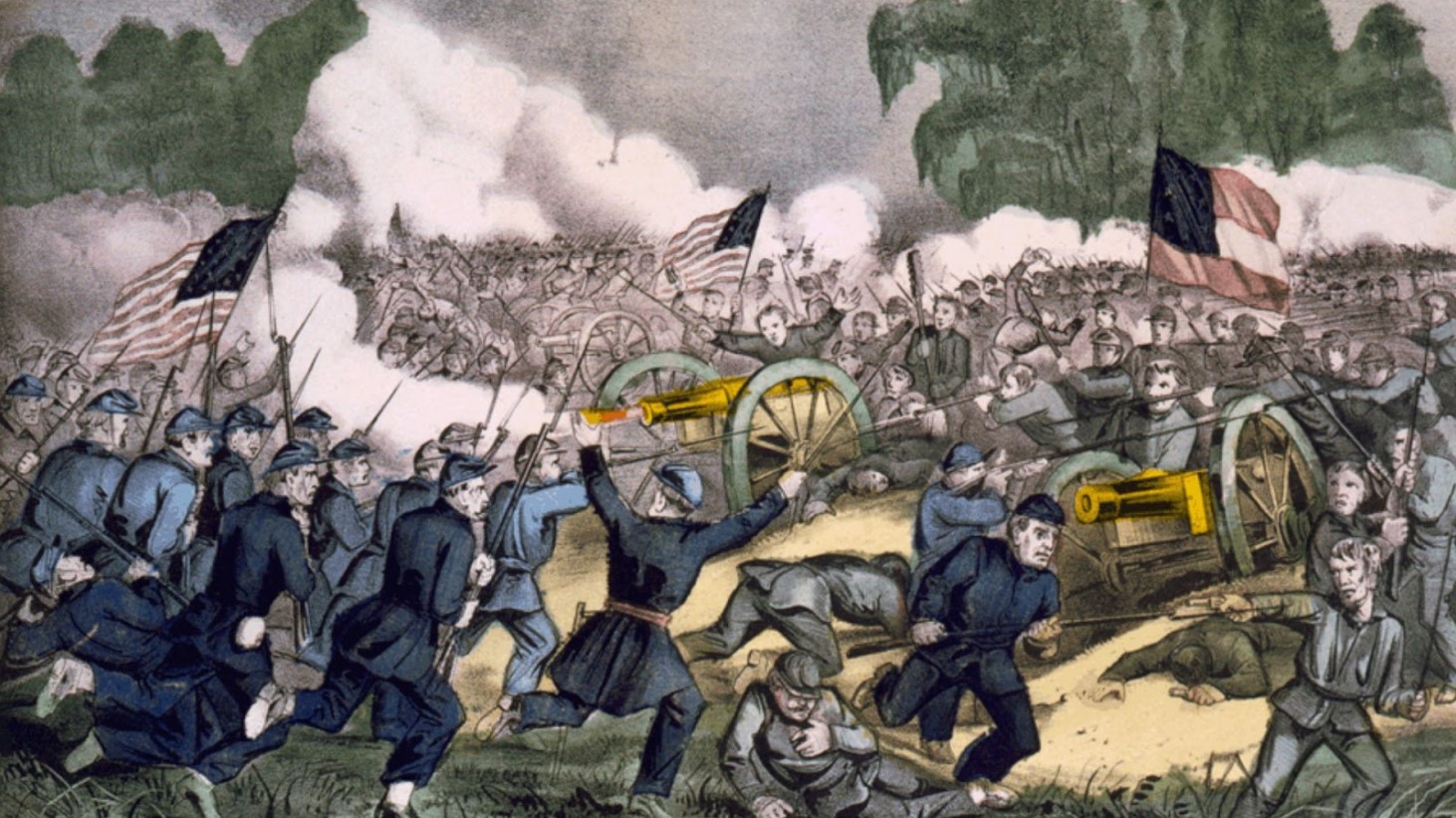
For years, stories have circulated about treasures buried before and during the Civil War.
The recent discovery in Kentucky of gold coins minted before or during the Civil War could lend credence to these urban legends. These coins represent a significant piece of American history.
The Great Kentucky Hoard: Uncovering the Past
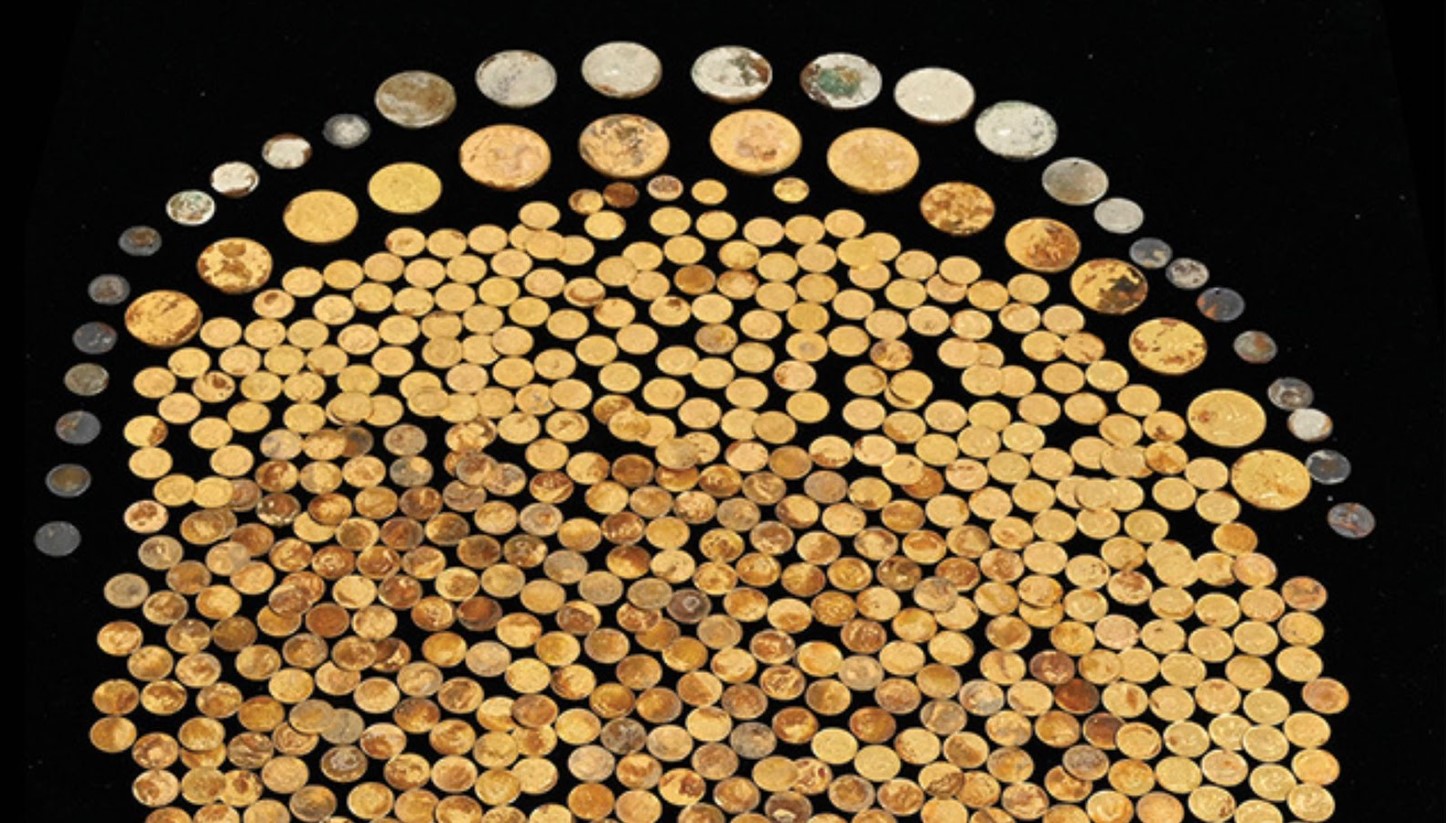
According to Business Insider, the discovery, now known as the Great Kentucky Hoard, includes authentic $1, $10, and $20 gold coins from the Civil War period.
The Numismatic Guaranty Company suggests that these coins might have been buried by Southerners to protect them from invading armies, a theory long believed by treasure hunters.
Kentucky’s Civil War-Era Dilemma
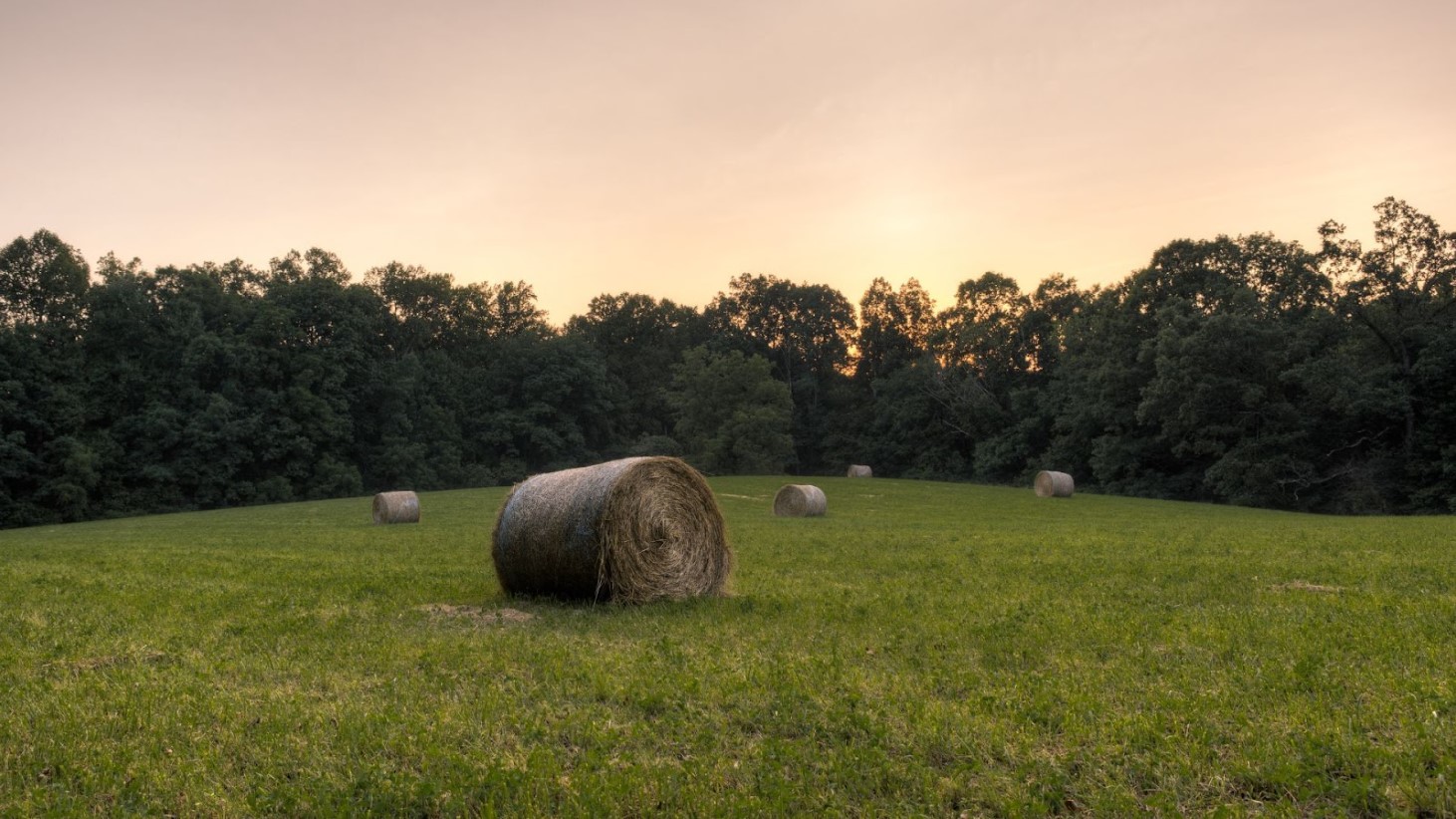
During the Civil War, Kentucky declared itself a neutral state.
LiveScience reports that according to Ryan McNutt, a conflict archaeologist at Georgia Southern University, citizens may have been concerned about their wealth being stolen by the Confederacy, leading them to bury it for safekeeping.
A Century-Old Treasure Hunt
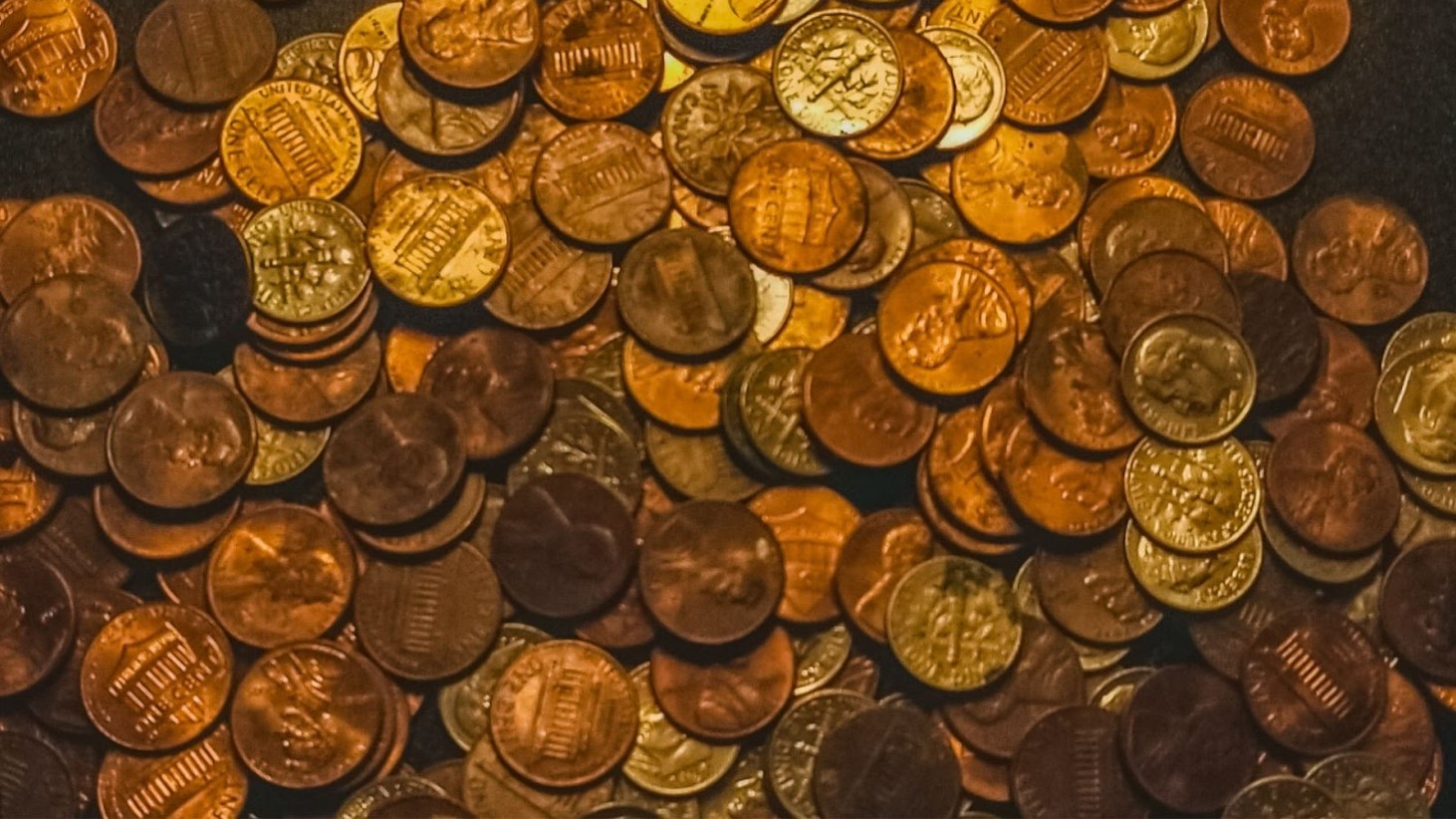
Treasure hunters have been intrigued by the possibility of finding Civil War-era gold since the 19th century.
The New York Times has shared archival reports of similar discoveries in Georgia in 1884, and in Alabama and Tennessee in 1926, showing a long-standing interest in these historical treasures.
The Controversy Over Pennsylvania’s Civil War Gold
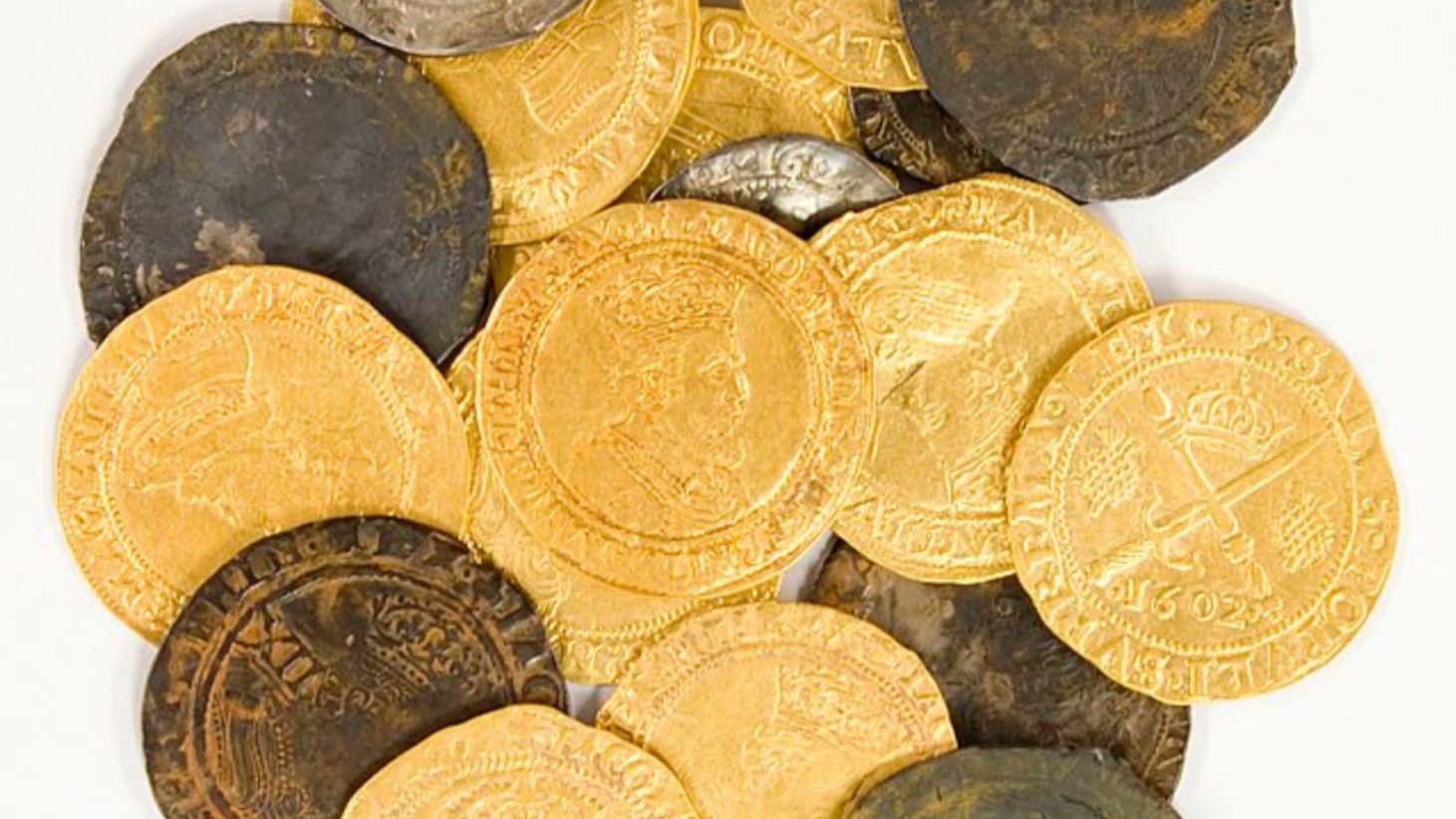
In 2018, a treasure hunter named Dennis Parada accused the FBI of covering up a discovery of Civil War-era gold in Pennsylvania.
As reported by The New York Times, the FBI was investigating an area in rural Pennsylvania rumored to hold lost Civil War gold, highlighting the ongoing fascination with such treasures.
The Unresolved Mystery of Dents Run
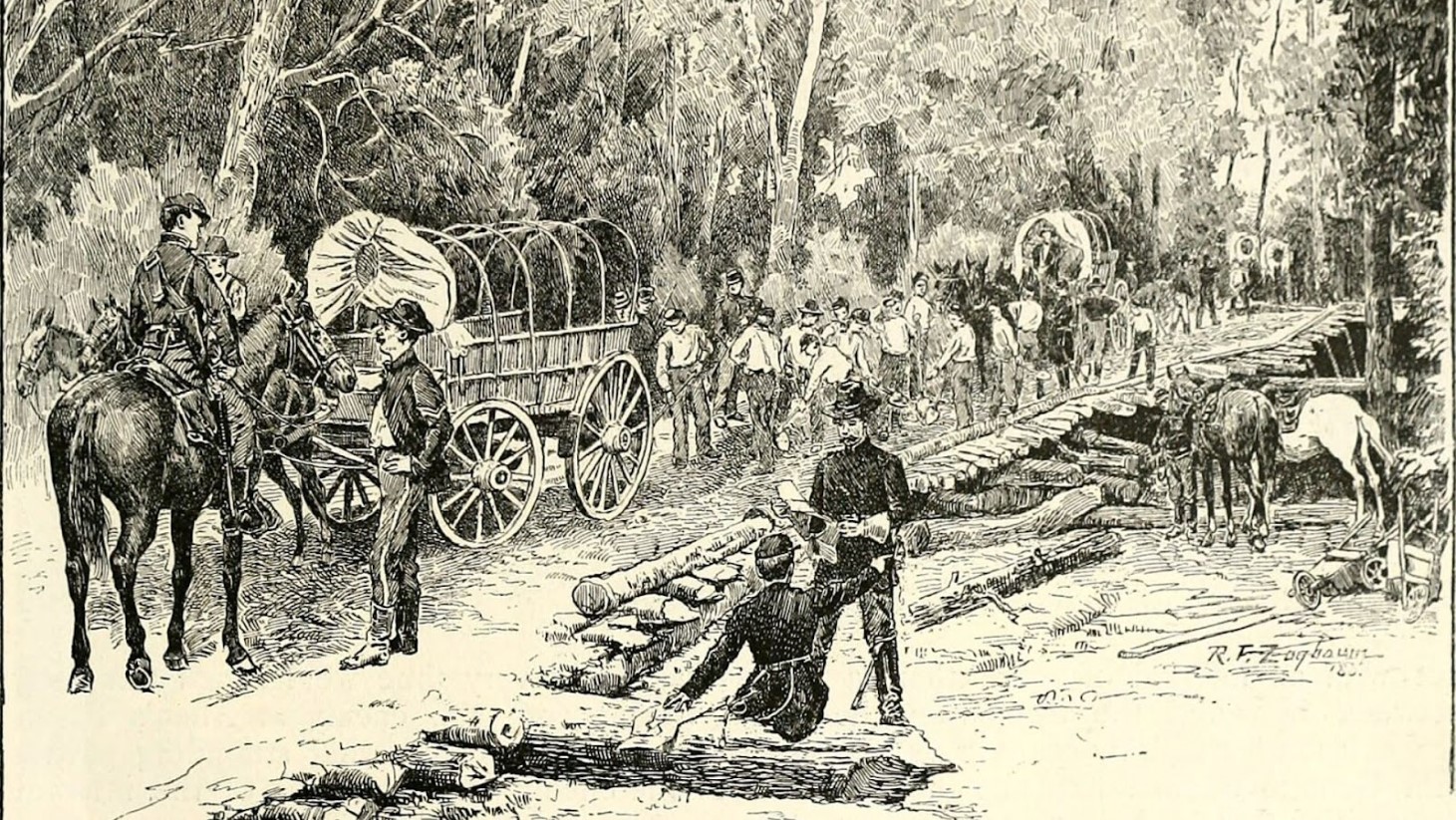
The search in Dents Run, Pennsylvania, revolved around a lost 1863 shipment of Union gold. Although the FBI claimed the search was unsuccessful, treasure hunter Dennis Parada believed otherwise.
The Associated Press reports that Wells Fargo historians could not confirm or deny the legend, as some records from that era may be missing.
The Sale of Kentucky’s Gold Coins
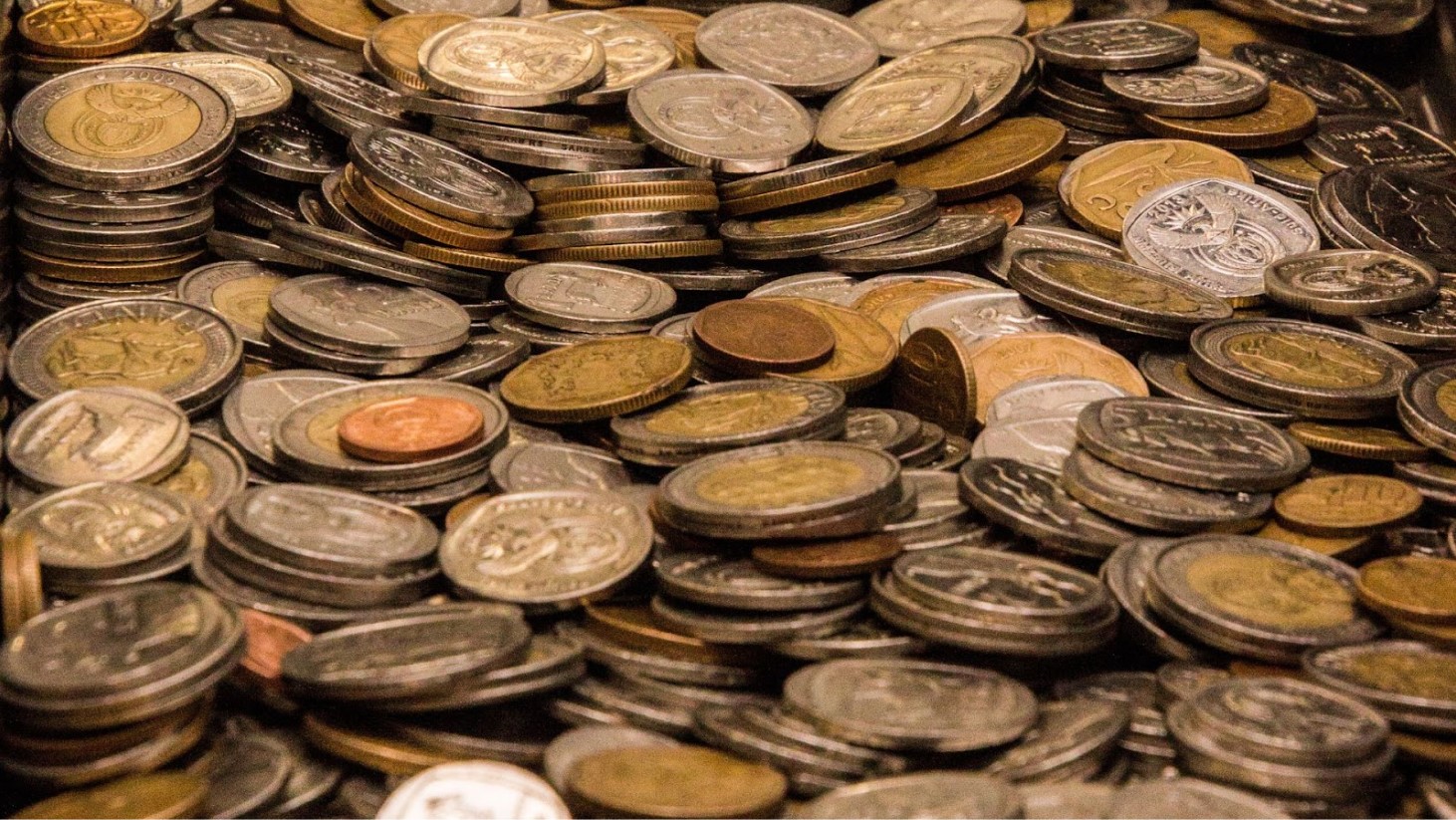
Business Insider explains that despite being buried for an estimated 160 years, the Kentucky gold coins were found in near-mint condition.
These coins have already been sold, with a single gold dollar from the collection valued at roughly $1,000. A gold Liberty double-eagle coin from 1863 alone could be worth up to $381,875 at auction.
Estimating the Value of the Kentucky Hoard

The total value of the Kentucky hoard remains unknown, but estimates suggest it could be worth over $1 million.
This valuation is based on the number and quality of the high-value coins found, according to The New York Times.
Mystery Surrounding the Discovery

The exact location of the discovery and the identity of the finder have not been publicly disclosed.
However, a video posted to YouTube by GovMint, the coin dealer responsible for selling the coins, shows the moment of discovery, capturing the historical significance of this find.
The Dream of Treasure Hunters
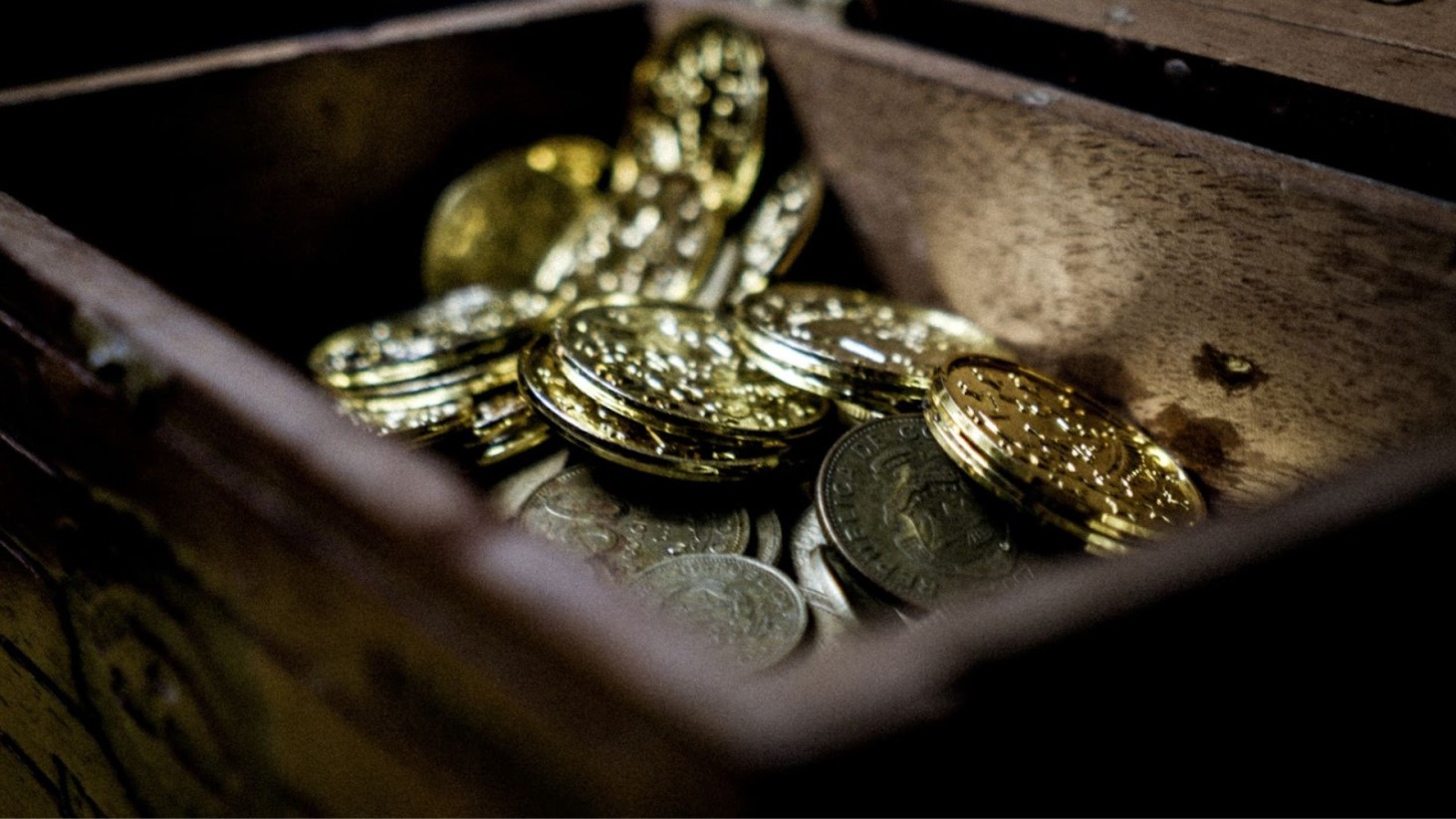
This discovery in Kentucky is a realization of what many treasure hunters dream of.
A YouTube commenter on the video of the discovery expressed this sentiment, saying, “This is what every treasure hunter dreams about, and this man lives it.” The find illustrates the allure and excitement of treasure hunting.
A Glimpse into History Through Gold Coins

This discovery is more than just a financial gain; it offers a glimpse into a pivotal period in American history.
Each coin from the Kentucky hoard tells a story of the Civil War era, providing a tangible connection to the past and demonstrating the enduring interest in historical artifacts.
